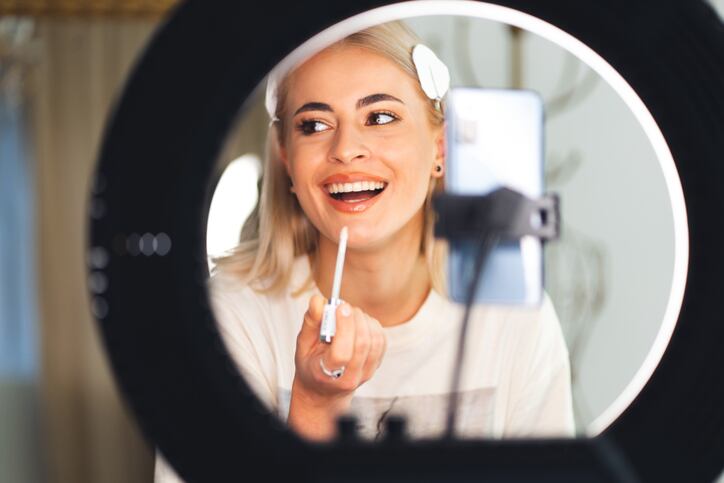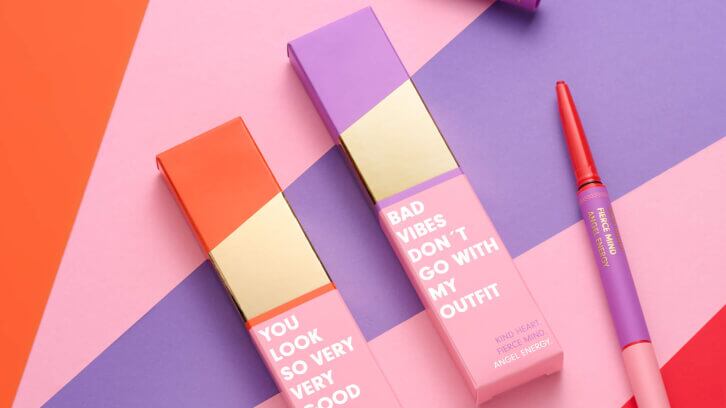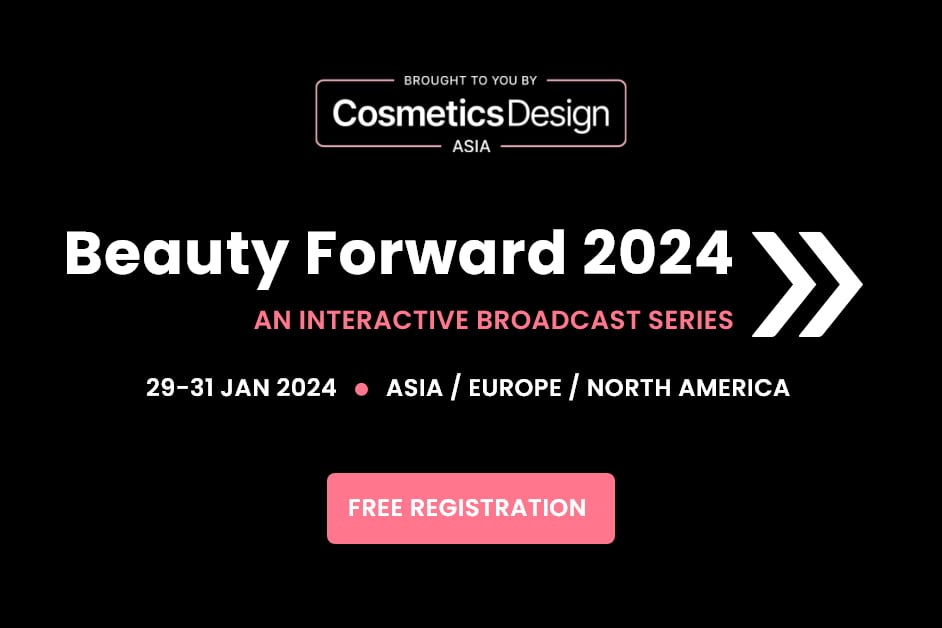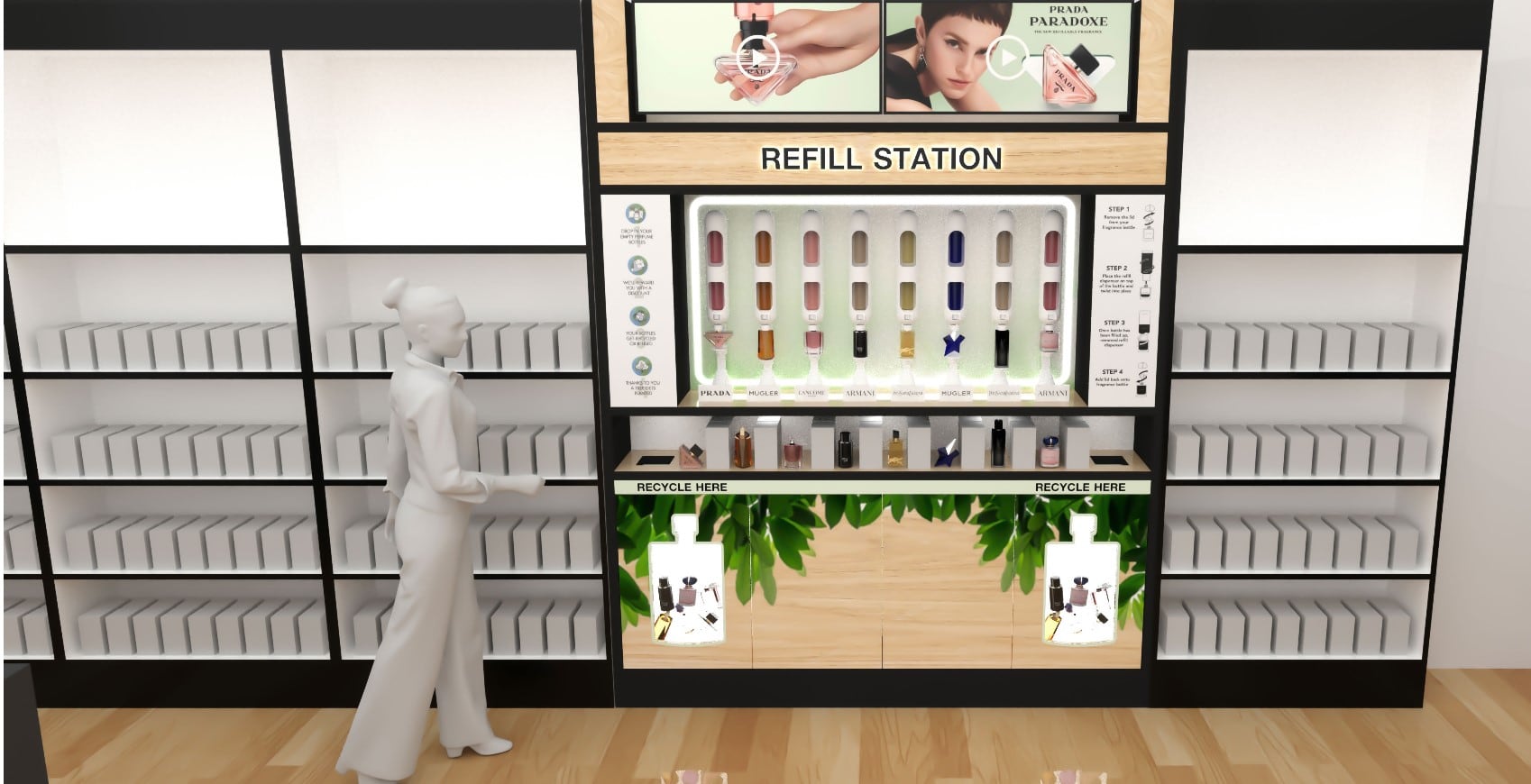Influencer marketing platform Traackr recently released its UK Impact Report – a survey of 500 UK consumers – that reveals the impact of influencers, social media content and platforms on engagement and purchase behaviour in the UK market, but that can be roughly translated across various markets in Europe and North America.
Key findings included:
- Consumers still preferred to use legacy social media platforms Instagram, YouTube and Facebook to post content. But broken down by younger generations, Millennials favoured Facebook and Instagram, whereas Gen Z was more likely to post on YouTube and TikTok.
- YouTube was the most popular choice for product research, whereas TikTok dominated social commerce. However, Gen Z was 12% more likely to purchase products on TikTok than Millennials were.
- Around 70% of consumers said they would not buy a product from a brand or would unfollow an influencer if they said or did something that conflicted with their values.
- However, a brand if an influencer they knew and trusted posted about it a product then 63% of consumers said they would be more likely to purchase that particular product.
We spoke to global professional services director, influencer strategy and development at Traackr Holly Jackson about what this means for marketing experts at beauty brands and retailers.
CosmeticsDesign-Europe: Why do you think consumers are more likely to buy beauty and fashion products via social commerce as opposed to other types of products?
Holly Jackson: Beauty and fashion products are very visual, and influencers have perfected the art of:
- Providing a great avenue for storytelling, which dovetails nicely with how lifestyle products are typically marketed. Influencers can give advertising a sense of authenticity by showing (not telling) how a product is used and illustrating how it could fit into a consumer’s everyday life.
- Balancing educational content with aspirational content. Consumers often want to be or look like the influencers they follow, but nowadays that alone is not enough. They also often want to learn something new from the folks they follow, whether it’s how to style a certain type of clothing, apply a certain type of makeup, or solve a certain type of hair/skincare problem.
- Also, beauty and fashion are typically at a lower price point – especially relevant for beauty – which makes it feel less risky for consumers. This is an extension of “the lipstick effect.” It’s not just that consumers will buy these products when money is tight; they’ll also experiment more with what types of products they’re buying and where they buy because the price is lower.
All of these reasons are turbocharged by the fact that beauty and fashion brands have jumped on influencer marketing earlier. They understood the value of it, have invested more, are nimble and are running more sophisticated programs.
You don’t see home goods brands making headlines for their incredible social media campaigns. You see the likes of e.l.f. Cosmetics, Beekman 1802, UGG and more. This type of investment from brands is also what has helped beauty/fashion influencers become so good at what they do because ultimately those influencers can focus full-time on their content creation.
CDE: Why is TikTok the channel of choice for social commerce – as opposed to say, Instagram or YouTube?
HJ: TikTok has been a platform for authentic and unfiltered content from the beginning – perfect for experimentation, even when it comes to advertising. Instagram has historically been a place where brands and influencers are more particular about sticking to certain aesthetics.
Since TikTok is seen as more “unfiltered” and fun, consumers feel that influencers who are promoting products for sale there are doing it with more authenticity. From the beginning, anyone could go viral on TikTok, and consumers trust a random girl who ‘freaks out’ about a product more than an influencer who has been around for 10 years and knows exactly what to say.
With TikTok Shop, it’s even easier to click a link and buy a product now instead of having to Google something you see a creator post about. Organic love or product promotion is always going to beat out sponsored promotions.
CDE: Do beauty influencers still have as much influence as they once did? Especially with the younger Gen Z and coming through with Generation Alpha?
HJ: Beauty influencers still have an impact on Gen Z, but the type of beauty influencers has shifted. Gen Z wants more unfiltered, ‘real’ and educational content than their predecessors.
However, it is important to note that while beauty influencers still hold sway with Gen Z, it does not mean that they have it easy. They have to work hard for their influence. Gen Z’s attention span is around 1.3 seconds, and they are the first social media native generation, which means they are:
- Born fully in control of what they consume.
- Are accustomed to a multi-platform lifestyle, with complex decision pathways. This means they have less hesitancy toward following/engaging with influencers and relying on multiple social media platforms for multiple things (entertainment, education, shopping, community, etc).
- More likely to disengage with content they don’t like. Because they are so fluent in social media, the cost of switching attention is as low as ever. This means that influencers face more of a challenge when it comes to holding on to their audience.
We don’t have the data to make any bold claims about Gen Alpha yet. But, given what we’ve seen with Gen Z, it’s highly likely that Gen Alpha will be similar. They also might be open to influence and social commerce at an earlier age. A good example is what we see with Roblox, or with toy influencers.
CDE: What other insights can you share for brands and retailers who want to market products on/sell on social media channels.
HJ: Consumers use different platforms for different things. TikTok might have won social commerce, but YouTube won product research/reviews, and Instagram won influencer content. This means that there is no one-size-fits-all influencer marketing strategy. Each brand will have its own set of social platforms, content types and influencer partners that work for its individual goals and target audience. Finding the right formula for your brand requires constant experimentation, evaluation, and adjustment. Make sure you have a system for identifying what platforms, content, and campaigns get you the most bang for your buck.
Long-term partnerships are the key to a successful future for all parties – both influencers and brands. Creators impact how consumers engage and buy online, but they might need help monetising that power since only 56% of consumers said they would pay for exclusive influencer content.
Influencers serve as powerful partners for brands given their ability to impact the full marketing funnel — from awareness to consideration to sales. However, as more brands invest in influencer marketing, the competition to find and win the loyalty of top and upcoming creators is ever-increasing.
This challenge is intensified by influencers’ need to stabilise and diversify their income, the stress of which has been reported to affect their ability to create. Brands can look to distinguish themselves by focusing on long-term partnerships, creative campaigns and out-of-the-box collaborations that go beyond traditional sponsored content.
Values and authenticity can make or break a brand… and an influencer. Two-thirds of consumers said they would not buy a product from a brand if it says or does something that conflicts with their values, and 70% of consumers said they would stop following an influencer on social media if they say or do something that conflicts with their values. These aren’t small numbers! You can have a well-oiled TikTok machine, but it won’t matter if consumers feel your brand is unauthentic or conflicts with their values.





